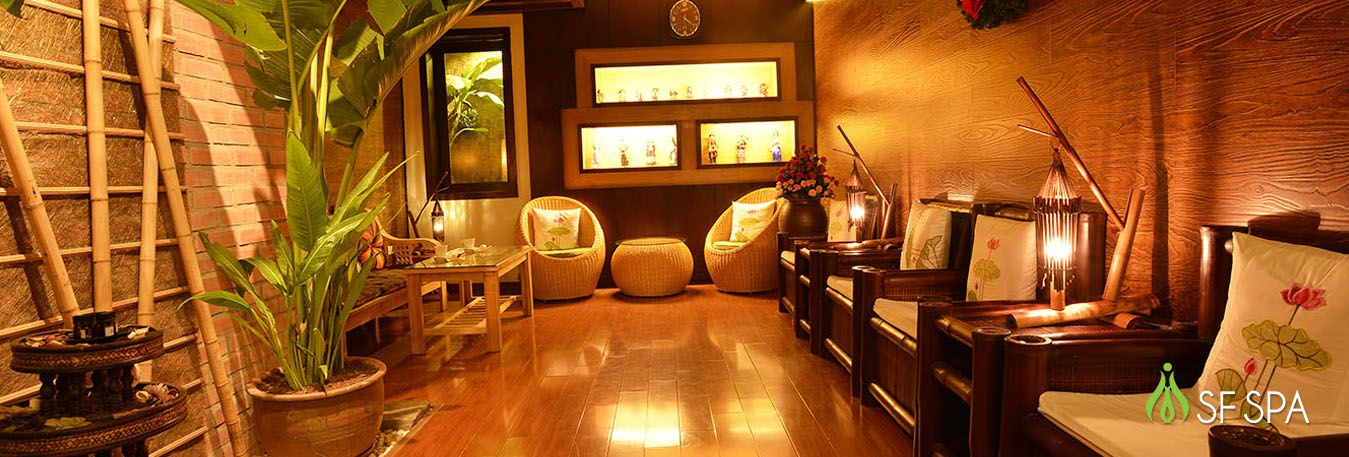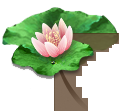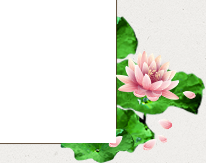Surprising history facts about massage
Posted by Admin
Massage therapy is one of the oldest forms of healing. It’s been in practice for thousands of years and has been used by cultures around the world to relieve pain, restore balance, and promote wellbeing. Its customs and techniques are rooted in ancient history, and its evolution has helped shaped the thriving massage industry of today.
Surprising history facts about massage
- The Huangdi Neijing, an ancient Chinese text written around 400 BC (near the beginning of recorded history), formed the foundation of traditional Chinese medicine. The Nei-Jing, as it’s more commonly known, is a compilation of medical knowledge known up to that date. Massage is referenced in over 30 chapters, including specific massage techniques and how they should be used in the treatment of certain ailments and injuries.
- The very first archaeological evidence of massage can be found in the Tomb of Akmanthor (also known as “The Tomb of the Physician”). Scenes dating back to 2330 BC depict two men having massage done on their feet and hands.
- Sanskrit records indicate that massage had been practiced in India long before the beginning of recorded history. Massage is referenced in the earliest Ayurvedic texts as holding an important medical function that can encourage the body’s innate healing energy.
- Julius Caesar used massage to treat his epilepsy. He had a daily ritual comprised of being “pinched all over” to relieve his neuralgia and to prevent epileptic attacks.
- Hippocrates, the father of modern medicine, widely advocated the use of massage. He called it anatripsis, which means “to rub up.” He stroked the extremities upward, toward the heart, to increase circulation. (In case you’re wondering, “rubbing down” was a prior method used by priest-physicians to remove spirits or invading sickness. Unlike anatripsis, this technique requires the limbs to be stroked towards the extremities.)
- French missionaries introduced Chinese massage techniques to Europe in 1776. They translated the Nei-Jing, which contained a wealth of medical plants, exercises and massage techniques. In fact, many massage techniques are still known by their French name, such as effleurage (light strokes used in Swedish massage), petrissage (classic kneading also used in Swedish massage), and friction (a deep tissue technique).
- In ancient Greece, Olympic athletes received special massage treatments after their workouts. The servants who provided this ritual became very knowledgeable about muscles and muscular activity during exercise, and can be thought of as the very first athletic trainers.
- An ancient Egyptian pictograph depicts a healer tending to the weary feet of soldiers after the Battle of Qadesh (a much-need treatment, considering the battle is thought to be the largest battle of ancient time, involving over 6,000 chariots).
- Roman Emperor Octavian complained about Mark Anthony’s devotion to Cleopatra, and was especially bothered by reports of him massaging her feet in view of their company.
Throughout history, massage therapy has been associated with medical treatment and with helping individuals find balance in their lives. Today, the training is extensive and the techniques are refined, but the core practice remains the same: Massage is a respected profession that heals the mind, body and spirit. The benefits are countless!
Search related to history massage
- history massage therapy
- the history of massage in china
- the history of massage
- the history of aromatherapy massage
- history about massage
 ENG
ENG VIE
VIE JAP
JAP KOR
KOR


